The Best Long-Term Survival Foods
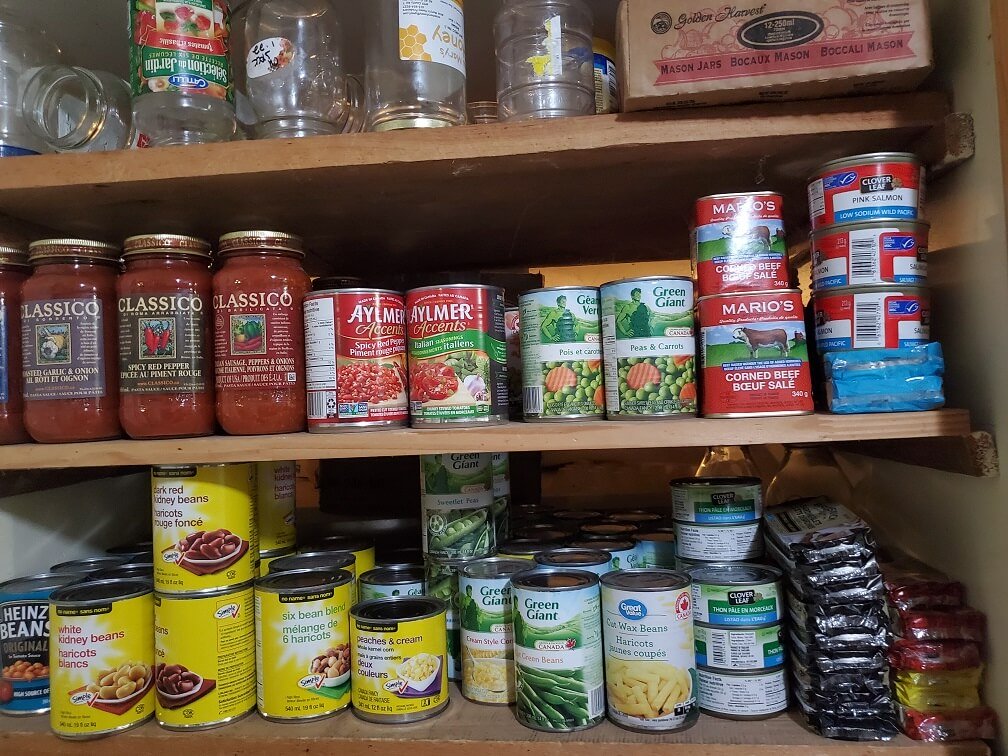 One of my kitchen pantries One of my kitchen pantriesWhen it all hits the fan, having a stockpile of long-lasting and nutritious food is crucial for survival. But with so many options out there, it can be overwhelming to know which foods to choose. In this article I'll cover the best long-term survival foods that will keep you nourished and sustained in the face of adversity. Note that I'm talking about commonly available foods that you would find in a grocery store or bulk food store. Survival-type
buckets and foods from the prepper stores are another category. They
are a great option for a really long-term food supply. On with the main review!
Factors to Consider When Choosing Long-Term Survival Foods
When selecting long-term survival foods, it is important to consider their nutritional value, taste, and ease of preparation. Consider your family's dietary needs and preferences, and choose foods that can be easily incorporated into your regular meals. Don't forget to factor in storage space and cooking methods, as some survival foods may require more resources than others. Availability is also a key issue. With that in mind, here are a few options to consider.
Top Long-Term Survival Foods
Canned Goods - Canned goods are a popular and practical choice for long-term survival food; they are readily available, have a relatively long shelf life, and provide a convenient source of protein and other nutrients. The Pros: - Long Shelf Life: Canned goods can last for several years, making them an excellent option for mid- to long-term survival food stockpiling. Most canned goods have a shelf life of up to five years, while some can last even longer.
- Very Convenient: When it comes to long-term survival foods, canned goods are probably the most convenient. Canned goods are easy to prepare and require minimal cooking or preparation. They can be eaten straight out of the can or heated on a stove or fire.
- Good Nutrition: Canned goods contain essential nutrients, such as protein, carbohydrates, and vitamins, that are needed for a balanced and healthy diet. Canned fruits and vegetables also contain fiber, which is essential for maintaining digestive health.
- Excellent Variety: Canned goods come in a variety of types, including meats, fruits, vegetables, and soups, providing a diverse range of options for meals and snacks.
- Excellent Availability: Canned goods are widely available in grocery stores and can be easily restocked if necessary.
The Cons: - Sodium and Preservatives: On the flip side, canned goods can contain high amounts of sodium and preservatives, which can be unhealthy if consumed over a long period of time.
- Processing Destroys Nutrients: Additionally, some canned goods may lack essential nutrients, such as vitamins and minerals, due to the processing and canning methods. That's one of the reasons I suggest that canned goods are 'necessary but not sufficient' as a long-term survival food. Growing a survival garden is a good way to supplement the canned good supply and provide nutrition that may be lacking.
- Heavy and not Easily Portable: Canned goods are heavy and take up a lot of space, making them difficult to transport and store, especially for long periods. And while canned goods are generally affordable, the cost can add up quickly if you are stockpiling a large quantity.
- Requires Inventory Control: Finally, while canned goods have a reasonably long shelf life, they still have a finite expiration date. It's important to rotate your stockpile regularly and consume the oldest cans first to ensure that they don't expire and go to waste.
Free Report
Get my FREE One-Acre Farm Plan and learn how to raise pigs, chickens and more, integrated with an organic market garden, to
make more money from your small property.
Imagine building a profitable and sustainable mini-farm even on a small piece of land.
Enter your best email and the report will be sent to you right away.
Beans and Legumes as Long-Term Survival Foods
Beans
and legumes are an excellent long-term survival food choice due to
their high nutritional value, long shelf life, and versatility in
cooking. However, like any food item, beans and legumes have their own
set of pros and cons, which are discussed below:
The Pros: - Excellent Nutritional Value: Beans and legumes are high in protein, fiber, carbohydrates, vitamins, and minerals, making them an essential part of a healthy and balanced diet. They are also low in fat and calories, making them an ideal food for weight management.
- Long Shelf Life: Dried beans and legumes can last for decades when stored properly in a cool, dry place in airtight containers. They can also be purchased in bulk quantities, making them a cost-effective option for long-term survival food stockpiling.
- High Versatility: Beans and legumes can be used in a variety of recipes, such as soups, stews, salads, and side dishes. They can also be cooked and flavored in different ways to provide a diverse range of tastes and textures.
- Easy to Prepare: While dried beans and legumes require soaking and cooking, they are relatively easy to prepare and can be cooked in large quantities for future use.
- Non-perishable: Dried beans and legumes do not require refrigeration or freezing, making them a convenient option for long-term survival food storage.
The Cons: - Long Preparation Time: Dried beans and legumes require soaking and cooking, which can be time-consuming and require access to a heat source.
- Limited Variety: While beans and legumes come in different types, such as kidney beans, chickpeas, and lentils, they do not provide the same level of variety as other long-term survival foods like canned goods.
- Gas and Digestive Issues: Some people may experience digestive issues, such as bloating and gas, when consuming large quantities of beans and legumes.
- Risk of Contamination: Like any food item, beans and legumes can become contaminated with bacteria, mold, or pests if they are not stored properly.
Whole Grains in Your Long-Term Food Supply
Whole grains are a nutritious and cost-effective long-term survival food option that can provide a variety of health benefits. Here's my take:
The Pros: - Nutritional Value: Whole grains are an excellent source of complex carbohydrates, fiber, protein, vitamins, and minerals, making them an essential part of a healthy and balanced diet.
- Long Shelf Life: Whole grains can last for decades when stored properly in a cool, dry place in airtight containers. They can also be purchased in bulk quantities, making them a cost-effective option for long-term survival food stockpiling.
- Versatility: Whole grains can be used in a variety of recipes, such as bread, pasta, cereal, and side dishes. They can also be cooked and flavored in different ways to provide a diverse range of tastes and textures.
- Easy to Prepare: While whole grains require soaking and cooking, they are relatively easy to prepare and can be cooked in large quantities for future use.
- Non-perishable: Whole grains do not require refrigeration or freezing, making them a convenient option for long-term survival food storage.
The Cons: - Long Preparation Time: Whole grains require soaking and cooking, which can be time-consuming and require access to a heat source.
- Limited Variety: While whole grains come in different types, such as rice, wheat, and oats, they do not provide the same level of variety as other long-term survival foods like canned goods.
- Risk of Contamination: Whole grains can become contaminated with bacteria, mold, or pests, especially if they are not stored properly.
- Lack of Fat: Whole grains are low in fat, which can be a concern in a long-term survival situation where high-calorie foods are needed to sustain energy levels..
Adding Nuts and Seeds to Your Long-term Food Supply
Nuts and seeds are a nutritious and convenient long-term survival food option that can provide a variety of health benefits. Some things to consider:
The Pros: - High Nutritional Value: Nuts and seeds are a great source of healthy fats, protein, fiber, vitamins, and minerals, making them an essential part of a healthy and balanced diet.
- Very Convenient: Nuts and seeds are easy to store, transport, and consume, making them an ideal on-the-go snack or addition to meals.
- Versatility: Nuts and seeds can be used in a variety of recipes, such as salads, baked goods, and trail mix. They can also be eaten raw or roasted for different textures and flavors.
- High Caloric Value: Nuts and seeds are high in calories and healthy fats, making them an ideal food for sustaining energy levels in a long-term survival situation.
The Cons: - Allergies: Some people may have allergies to nuts and seeds, which can cause severe reactions.
- Short Shelf Life. The high fat content of nuts make then prone to going rancid. You will get maybe a year in and air-tight container in the freezer.
- Limited Variety: While nuts and seeds come in different types, such as almonds, walnuts, and sunflower seeds, they do not provide the same level of variety as other long-term survival foods like canned goods.
- Risk of Contamination: Nuts and seeds can become contaminated with bacteria, mold, or pests.
- Expensive: While nuts and seeds can be purchased in bulk quantities, they can still be expensive compared to other long-term survival food options.
Dehydrated Fruit and Vegetables in Your Long-term Food Supply
Dehydrated
fruits and vegetables are a nutritious and convenient long-term
survival food option that can provide a variety of health benefits.
Here's how they stack up:
The Pros: - Good Nutritional Value: Dehydrated fruits and vegetables retain most of their nutritional value, including fiber, vitamins, and minerals.
- Long Shelf Life: Dehydrated fruits and vegetables can last for several years or even decades when stored properly in a cool, dry place in airtight containers. They can also be purchased in bulk quantities, making them a cost-effective option for long-term survival food stockpiling.
- Very Convenient: Dehydrated fruits and vegetables are easy to store, transport, and consume, making them an ideal on-the-go snack or addition to meals.
- Versatility: Dehydrated fruits and vegetables can be used in a variety of recipes, such as soups, stews, and salads. They can also be re-hydrated and eaten as a snack.
- Non-perishable: Dehydrated fruits and vegetables do not require refrigeration or freezing, making them a convenient option for long-term survival food storage.
The Cons: - Limited Variety: Dehydrated fruits and vegetables come in a limited variety compared to fresh fruits and vegetables, which can lead to a lack of diversity in the diet.
- High Sugar Content: Some dehydrated fruits are high in sugar.
- Texture and Flavor: Dehydrated fruits and vegetables will have a different texture and flavor compared to fresh fruits and vegetables, which may not be appealing to everyone.
So What Foods are Best for the Long-Term?
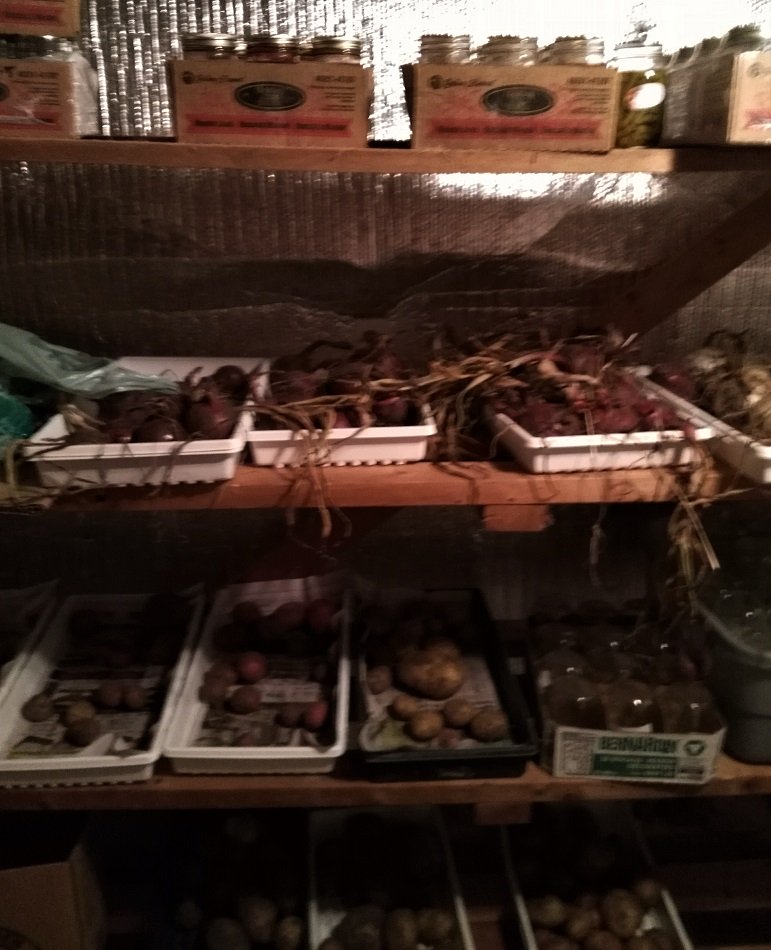 My other long-term food supply - cold storage My other long-term food supply - cold storageI
think it's obvious there is no one 'perfect' survival food. You need to
include a variety of foods in your long-term food supply to help ensure
that you have a balanced diet that meets your nutritional needs, and
accommodate any dietary restrictions or allergies. Personally
I tend to optimize on proteins and fats. I don't have a long-term
supply of whole grains. That's partly because there is no recommended
daily minimum of carbohydrates, and partly because I grow a lot of carbs
in my survival garden. In a pinch beans, potatoes and corn can all be made into flour and used for cooking and baking.
Resources and Recommendations
Save 15% on a selection of farm and garden supplies. Read my Garvee review here More farm-grown reviews of products for the small grower and homesteader Grow for maximum profit Grow the Top Ten Most Profitable Vegetables CSA farms have the highest net income of all market garden models. Bootstrap Market Gardening shows you how to launch one of your own.
Learn how to grow a dozen of the most nutritious calorie-dense vegetables: Bootstrap Survival Garden If you have as little as 50 sq ft, you can have fresh eggs for breakfast (and maybe barter): The Eggs Factory. Read my review here.
|
 One of my kitchen pantries
One of my kitchen pantries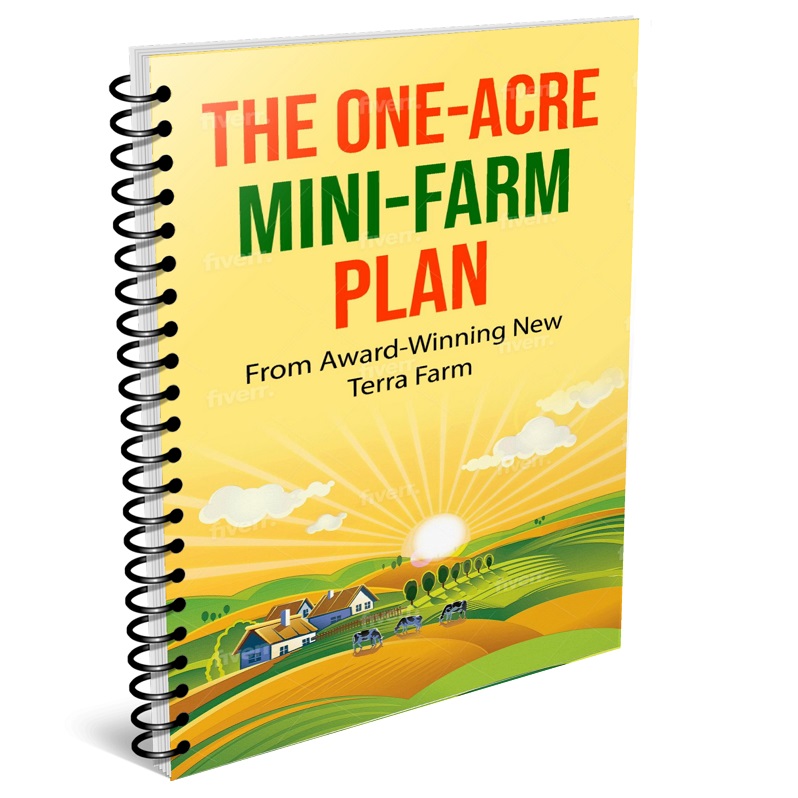
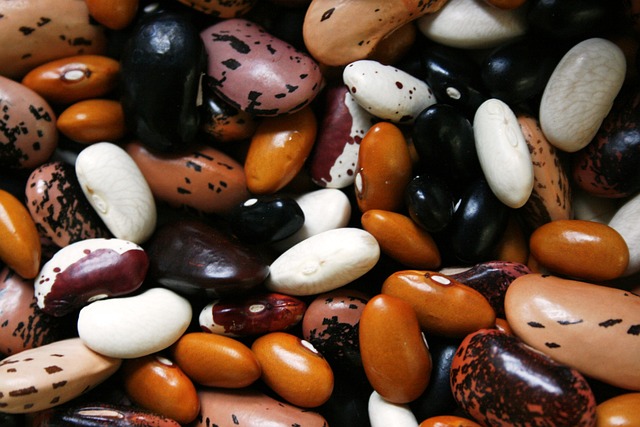
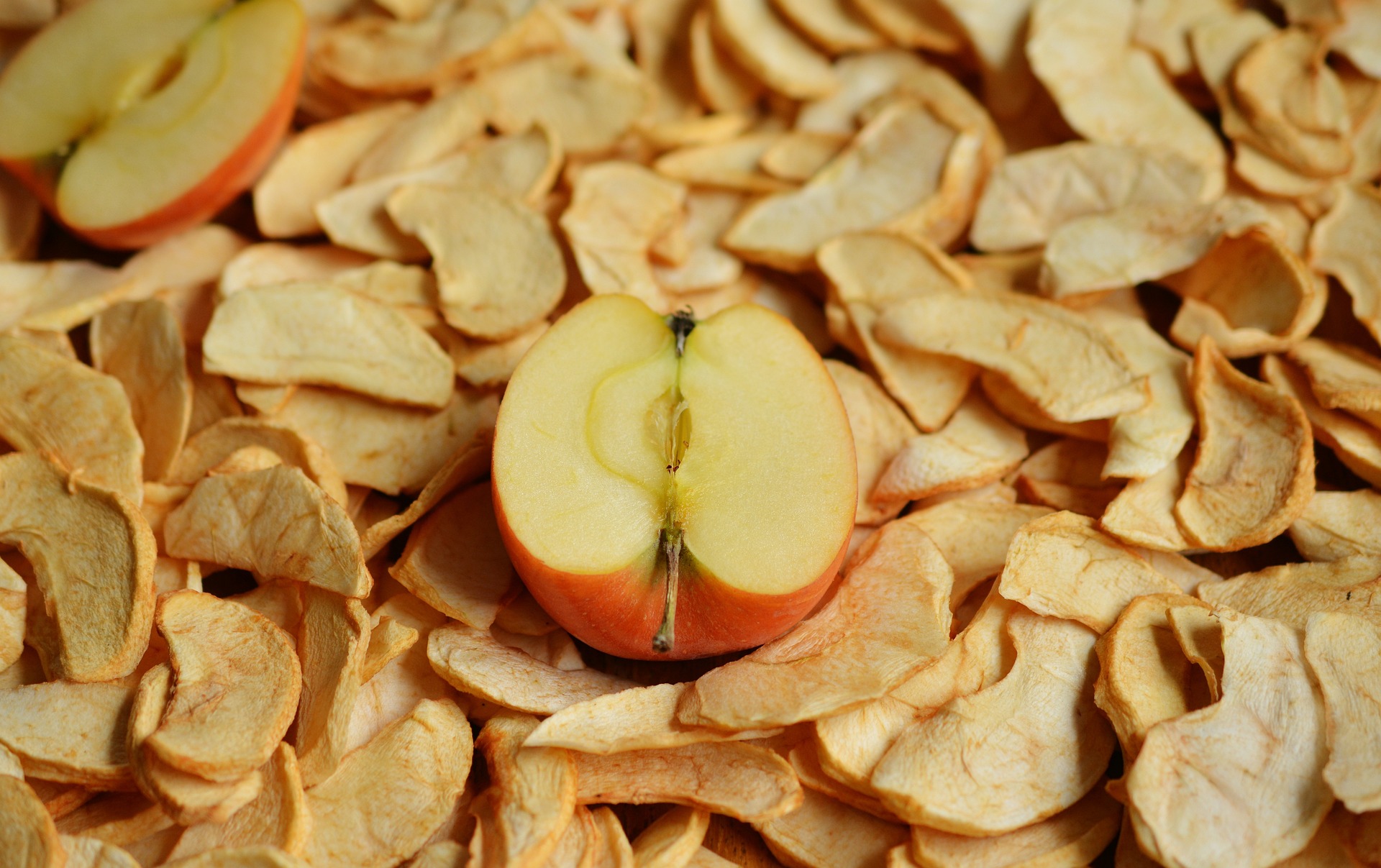
 My other long-term food supply - cold storage
My other long-term food supply - cold storage

